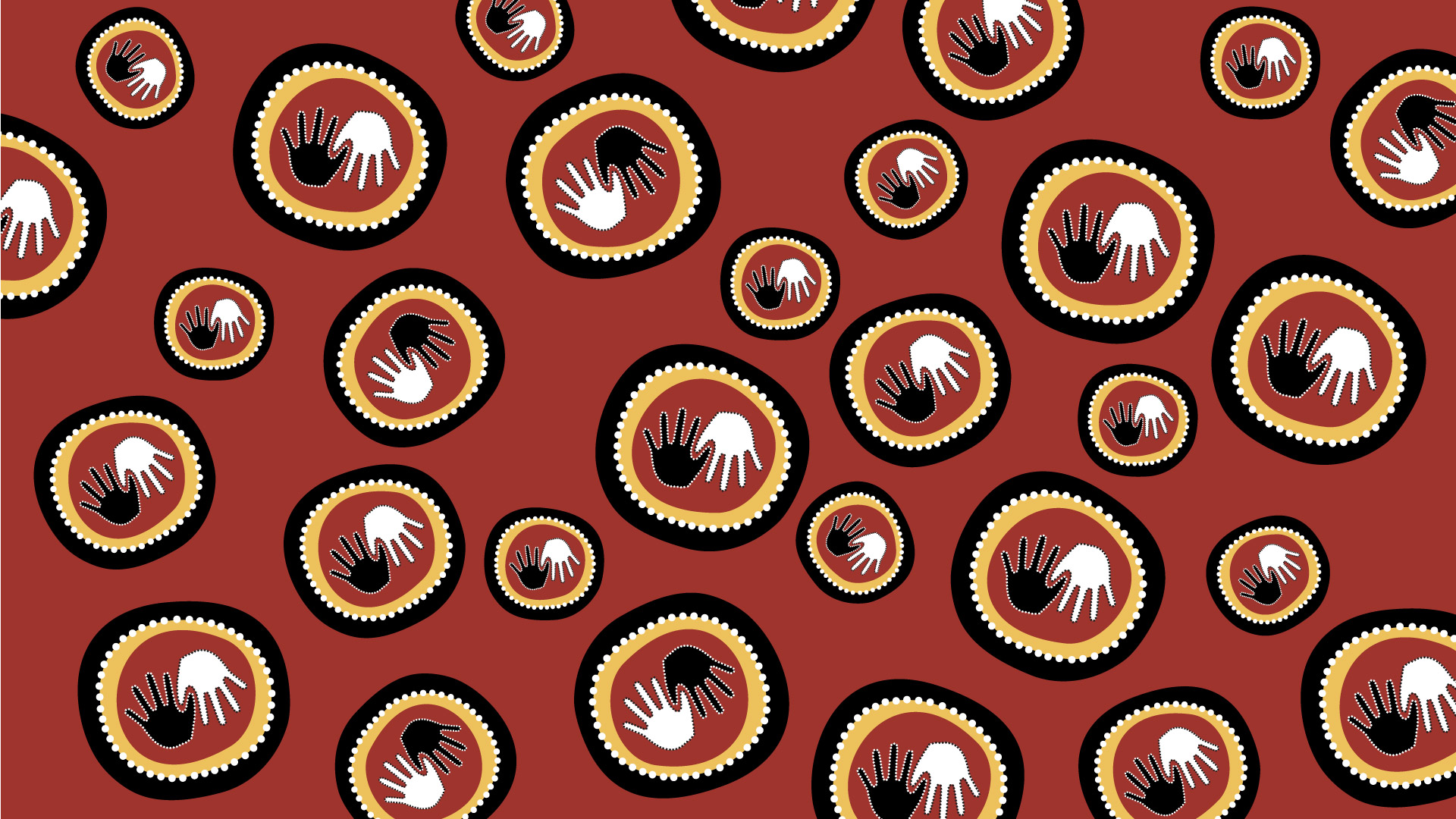Closing the Gap
Welcome to the Closing the Gap Portal on the HealthInfoNet. This Portal is a central hub for information about the initiative that aims to improve Aboriginal and Torres Strait Islander people’s life outcomes. The Portal provides a comprehensive collection of publications, resources, policies and programs relating to Closing the Gap. The workforce section includes events, training, funding and jobs.
What is Closing the Gap?
The 2020 National Agreement on Closing the Gap (National Agreement) is a strategy that aims to improve the life outcomes of Aboriginal and Torres Strait Islander people. The current National Agreement has been developed in partnership between the National Federation Reform Council (NFRC) (representing the Australian Commonwealth Government, state and territory governments, and the Australian Local Government Association) and the Coalition of Peaks. The Coalition of Peaks is a representative body of around fifty Aboriginal and Torres Strait Islander community controlled peak organisations and members [1].
The National Agreement marks a shift in the approach to the Closing the Gap Strategy, with Aboriginal and Torres Strait Islander people determining what is important to them. Progress on the delivery of commitments is provided via the Implementation Tracker.
The National Agreement, which outlines 17 socioeconomic targets and four priority reforms, was signed by the NFRC and the Coalition of Peaks in July 2020. The most recent data on the targets is available via the Closing the Gap Information Repository Dashboard.
The four priority reform targets aim to change the way governments at national, state, and community levels work to improve the life outcomes of Aboriginal and Torres Strait Islander people. They are:
- Formal partnerships and shared decision making: Building and strengthening structures to empower Aboriginal and Torres Strait Islander people to share decision-making with governments.
- Building the community-controlled sector: Building formal Aboriginal and Torres Strait Islander community-controlled sectors to deliver services to support Closing the Gap.
- Transforming government organisations: Systemic and structural transformation of mainstream government organisations to improve accountability and better respond to the needs of Aboriginal and Torres Strait Islander people.
- Shared access to data and information at a regional level: Enable shared access to location specific data and information to support Aboriginal and Torres Strait Islander communities and organisations achieve the first three Priority Reforms.
What are the differences between Close the Gap and Closing the Gap?
Close the Gap
Close the Gap is a social justice campaign that was launched in April 2007 [2]. It was created as a response to the Social justice report 2005 [3].
The campaign is operated by a coalition of Australia’s peak Aboriginal and Torres Strait Islander and non-Indigenous health organisations, non-governmental organisations, and human rights organisations [4]. Close the Gap has a steering committee that is currently co-chaired by June Oscar AO, Commissioner of Aboriginal and Torres Strait Islander Social Justice, and Karl Briscoe, CEO National Association of Aboriginal and Torres Strait Islander Health Workers and Health Practitioners [4]. The steering committee is made up of a number of organisations and individual expert advisers.
Close the Gap involves a well-known social awareness campaign run by Australians for Native Title and Reconciliation (ANTaR). On the third Thursday in March each year, organisations and individuals across Australia host events on National Close the Gap Day. People can also sign the pledge asking for Aboriginal and Torres Strait Islander health equality by 2030.
Closing the Gap
Closing the Gap is a strategy that that aims to improve the life outcomes of Aboriginal and Torres Strait Islander people with respect to health and wellbeing, education, employment, justice, safety, housing, land and waters, and languages. It is a formal commitment made by all Australian governments to achieve Aboriginal and Torres Strait Islander health equality.














